Intro
Pain and discomfort in the anal region can be a source of significant distress for many individuals. One common condition that can cause such symptoms is an anal fissure. An anal fissure is a small tear in the lining of the anus, which can lead to pain, bleeding, and discomfort during and after bowel movements. Understanding the signs and symptoms of an anal fissure is crucial for seeking proper medical attention and relief. In this article, we will delve into the world of anal fissures, exploring their causes, symptoms, diagnosis, treatment options, and prevention strategies.
The anal region is a sensitive area, and any injury or trauma can lead to the development of an anal fissure. The tear can occur due to various factors, including constipation, diarrhea, or passing large stools. When the anal sphincter muscles are stretched or torn, it can cause a fissure to form. This can lead to a range of symptoms, including pain, bleeding, and discomfort. Recognizing the signs of an anal fissure is essential for seeking medical attention and preventing further complications.
The symptoms of an anal fissure can vary in severity and duration. Some common signs include severe pain during and after bowel movements, bleeding, and discomfort while sitting or walking. The pain can be sharp and stabbing, or it can be a dull ache that persists for hours after a bowel movement. In some cases, the pain can be so severe that it can lead to avoidance of bowel movements, which can exacerbate the condition. Understanding the symptoms of an anal fissure is crucial for seeking proper medical attention and relief.
Causes Of Anal Fissure
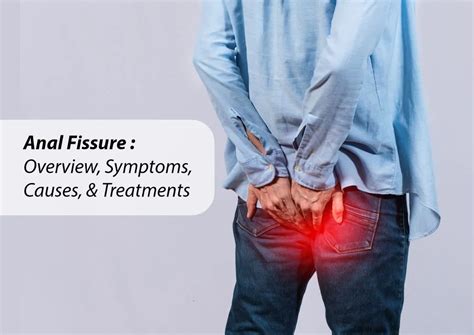
Risk Factors For Anal Fissure
Certain individuals may be more susceptible to developing an anal fissure due to various risk factors. These include a history of constipation or diarrhea, anal sex, and childbirth. Individuals with inflammatory bowel disease or anal cancer may also be at a higher risk of developing an anal fissure. Age can also play a role, as anal fissures are more common in individuals under the age of 50. Understanding the risk factors for an anal fissure can help individuals take preventive measures and seek medical attention if symptoms persist.Symptoms Of Anal Fissure
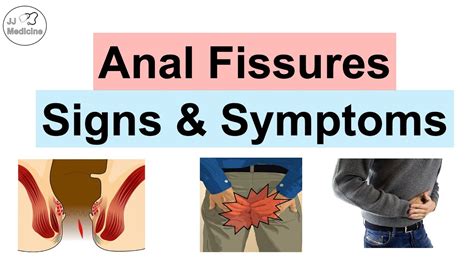
Recognizing the symptoms of an anal fissure is essential for seeking medical attention and preventing further complications. If left untreated, an anal fissure can lead to chronic pain, infection, and anal stenosis.
Diagnosis Of Anal Fissure
Diagnosing an anal fissure typically involves a physical examination and medical history. A healthcare provider may perform a visual examination of the anal region to look for signs of a tear or fissure. In some cases, a digital rectal examination may be performed to check for any abnormalities. If the diagnosis is unclear, further testing may be necessary, such as an anoscopy or sigmoidoscopy. Understanding the diagnosis process is essential for seeking proper medical attention and relief.Treatment Options For Anal Fissure
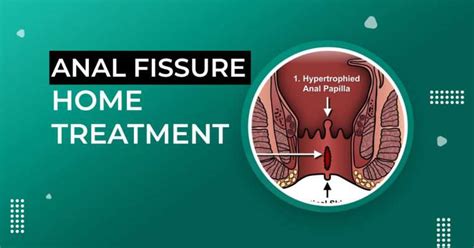
In some cases, lifestyle changes may be necessary to prevent further complications and promote healing. This can include increasing fiber intake, staying hydrated, and avoiding straining during bowel movements. Understanding the treatment options is essential for seeking proper medical attention and relief.
Prevention Strategies For Anal Fissure
Preventing an anal fissure can be achieved through various lifestyle changes and habits. Increasing fiber intake can help soften stools and reduce straining during bowel movements. Staying hydrated can also help prevent constipation and promote regular bowel movements. Avoiding straining during bowel movements and taking regular breaks can also help reduce the risk of developing an anal fissure. Understanding the prevention strategies is essential for maintaining good anal health and preventing further complications.Complications Of Anal Fissure
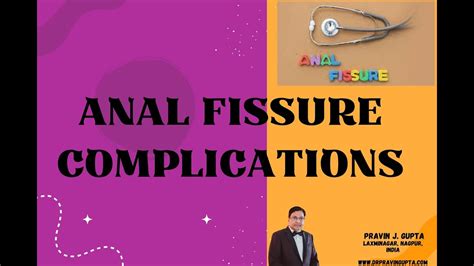
Living With Anal Fissure
Living with an anal fissure can be challenging, but there are various ways to manage the condition and prevent further complications. This can include making lifestyle changes, such as increasing fiber intake and staying hydrated, and seeking medical attention if symptoms persist. Understanding the condition and its treatment options is essential for maintaining good anal health and preventing further complications.Conclusion And Next Steps
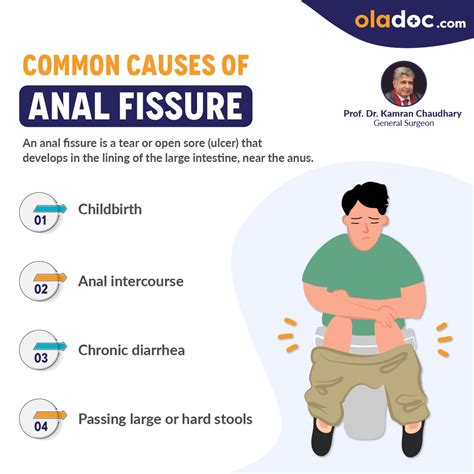
We invite you to share your thoughts and experiences with anal fissures in the comments below. Have you or someone you know been affected by an anal fissure? What treatment options have you found to be effective? Share your story and help others understand the importance of seeking medical attention and maintaining good anal health.
What are the common causes of an anal fissure?
+Anal fissures can be caused by constipation, diarrhea, passing large stools, anal sex, and childbirth. In some cases, an anal fissure can be a symptom of an underlying medical condition, such as inflammatory bowel disease or anal cancer.
What are the symptoms of an anal fissure?
+The symptoms of an anal fissure can include severe pain during and after bowel movements, bleeding, and discomfort while sitting or walking. In some cases, individuals may experience itching or burning sensation in the anal region, difficulty passing stools, or avoidance of bowel movements due to pain.
How is an anal fissure diagnosed?
+An anal fissure is typically diagnosed through a physical examination and medical history. A healthcare provider may perform a visual examination of the anal region to look for signs of a tear or fissure. In some cases, further testing may be necessary, such as an anoscopy or sigmoidoscopy.
